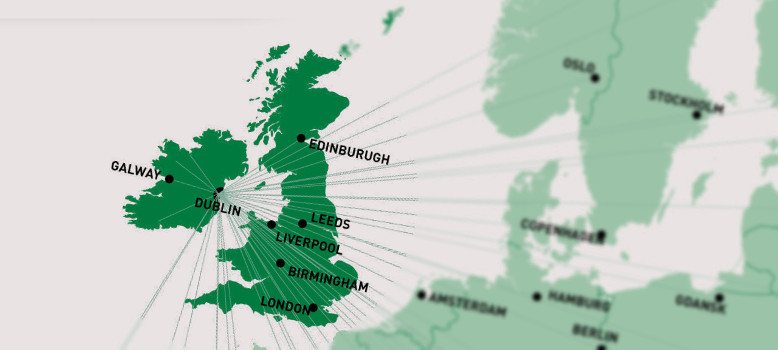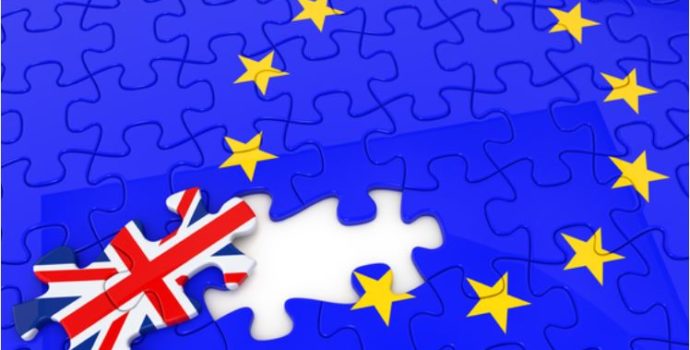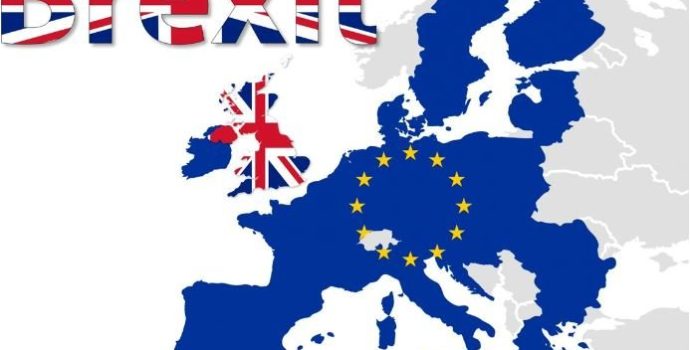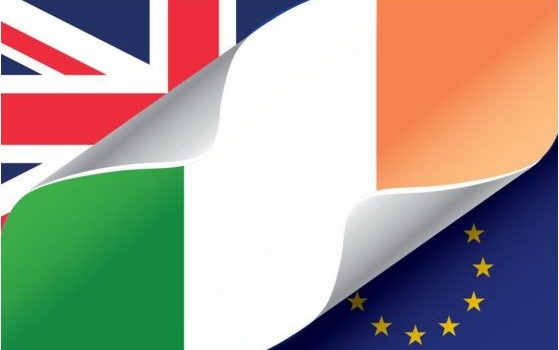Brexit FAQ – Where Things Stand One Year Out

On 23rd June 2016, the UK voted Leave in the Brexit referendum by 51.9% to 48.1%, with Northern Ireland voting Remain by 56% to 44%.
Nine months later on 29th March 2017, the UK started the two-year countdown to Brexit when Prime Minister Theresa May issued the Article 50 notification letter to Brussels. This means the UK will leave the EU on 29th March 2019.
What exactly are the current Brexit negotiations about?
Negotiations between the EU and UK commenced in June 2017 and are aimed at achieving a Withdrawal Agreement (WA) by October 2018.
The WA then has to be ratified by EU27, the European Parliament and the UK Parliament in advance of 29th March 2019.
What’s involved in the Withdrawal Agreement? What will it include?
The draft WA at this stage is a 120+ page international treaty in legal form under which the UK will leave the EU.
It builds on the EU-UK Joint Report agreed in December 2017, which the EU assessed as achieving “sufficient progress” in phase 1 of the negotiations (on citizens’ rights, the financial settlement and Ireland) to move on to the next phase.
The WA will include sections on:
- Citizens’ Rights
- The Financial Settlement, reported to be €45bn – €55bn
- The Transition Period
- Ireland and
- The Framework for the Future EU-UK Relationship including trade, which will be a political declaration accompanying the WA.
What progress was made at the European Council of 22-23 March 2018?
Progress on three things:
- Agreement on the Citizens’ Rights and Financial Settlement provisions of the WA
- Agreement on the WA text for the Transition Period requested by UK and
- EU agreement to start negotiations on the Framework for Future EU-UK Relationship, according to guidelines set out by the EU Council.
What is the Transition Period and what does it mean for Irish farmers?
The Transition Period will effectively extend UK membership of the Single Market (SM) and Customs Union (CU) for 21 months running from Brexit Day on 29th March 2019 to 31st December 2020.
The UK will still have all the obligations of membership, but it will not participate in EU decision-making and there is no provision to extend the Transition Period beyond end-2020.
The UK will be allowed to negotiate trade deals with third countries, but they cannot come into effect until 1st January 2021.
The main benefit for Irish farmers and food exporters is that the Transition Period gives them more certainty in planning their business up to 31st December 2020.
So, now that the Transition Period is agreed, there will be no cliff-edge at end-March 2019?
No. The EU is clear that “nothing is agreed until everything is agreed”.
Therefore, while the prospects for a deal have improved, difficult negotiations lie ahead.
What remains to be agreed and is it relevant to farmers?
The two sides are about half way towards achieving the WA. However, the really crucial issues for farmers and the agri-food sector are still to be decided and these are:
- Ireland/Northern Ireland, which is critical to farming and the economy in the Border counties and also for the Good Friday Agreement; and
- The Framework for the Future EU-UK Relationship, which deals with Trade and will be vital for Irish farmers’ incomes.
Where are the negotiations on Ireland? And what’s the ‘backstop’?
In the December EU-UK joint report (par. 49), the UK spelled out its ‘guarantee of avoiding a hard border’ (ie no physical infrastructure at the border) and how it would be achieved:
- Option A) Through the overall EU UK relationship, so there would be no need for a hard border or
- Option B) The UK would propose specific solutions ie a customs partnership or customs arrangement (technology etc) or in the absence of A or B
- Option C) The ‘backstop’ solution whereby the UK would ‘maintain full alignment’ with the rules of the SM and CU indefinitely.
So, what’s the problem?
There is no agreement on the legal text of the WA to give effect to para. 49 of the joint report. And in par. 50 of that report, the UK gave a commitment (to the DUP) that there would be no new regulatory barriers between Northern Ireland and the rest of the UK, ie no border in the Irish Sea.
At the March 2018 Council meeting, however, the EU 27 accepted a letter from Theresa May in which she again guaranteed no hard border and committed to agreeing a legal text for the backstop. Intensified negotiations on Ireland are now taking place on this alongside talks on the future relationship.
What are the EU’s Guidelines for the Future Relationship?
The EU wants the closest possible partnership with the UK on trade, based on a level playing field, and other areas such as security and foreign policy.
- For trade in goods including food, this means zero tariffs and no quotas
- It says the UK’s position of leaving the SM and CU will inevitably lead to frictions in trade. Divergence in external tariffs and internal rules will mean checks and controls.
- It rules out ‘cherry-picking’ or a sector-by-sector approach that would undermine the SM.
- If the UK’s position evolves, the EU will reconsider its offer.
What’s IFA’s position?
IFA’s consistent policy is that the best outcome for Irish farming and the agri-food sector is that the UK remains in the SM and CU.
If this is not possible, then we need a comprehensive future partnership with the UK including:
- Tariff-free and quota-free trade
- Full UK regulatory alignment to European standards on food safety, animal health, welfare and the environment and
- Full UK alignment to the EU’s common external tariff.
IFA’s objective is no border on the island of Ireland, no border in the Irish Sea and no scope for the UK to pursue a cheap food policy which would devalue the UK market and in turn destabilise EU markets .
So, if the EU and UK reach a deal on the WA that is ratified by both sides, then it’s all sorted?
No, we’re still not sorted. Remember that the WA treaty only envisages a political declaration on the Framework for the Future Relationship.
There can’t be a full treaty on the EU-UK future relationship until after the UK has left and some observers believe these detailed negotiations could take years. The Transition Period provides about two years to get this done by end-2020, so that’s a tight deadline.
This means another possible cliff-edge on 1st January 2021, unless the Transition Period is extended and there is no provision for that as it stands.




